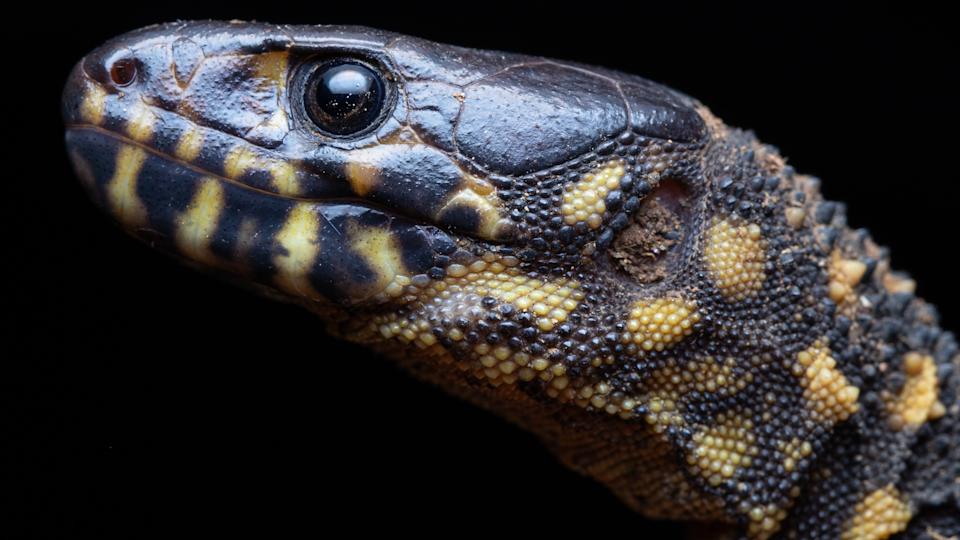Survivors of the Dinosaur-Killing Asteroid: The Story of Tiny Night Lizards

A new study published in the journal Biology Letters on June 25 has revealed that night lizards, belonging to the Xantusiidae family, were living around the Gulf of Mexico both before and after the asteroid that caused the Cretaceous-Paleogene (K-Pg) mass extinction event 66 million years ago. This makes night lizards the only known group of land vertebrates to have survived close to the impact location and still have members living in the region today. The asteroid, which was around 7.5 miles (12 kilometers) wide, caused widespread devastation when it hit at the end of the Cretaceous period (145 million to 66 million years ago). The impact was catastrophic for much of Earth's wildlife, triggering the K-Pg mass extinction event, in which around 75% of all species died out. However, two lineages of night lizard managed to persist through the disaster, despite likely being close enough to see the impact. The study reconstructed the ancestry of the three living night lizard genera (Lepidophyma, Xantusia, and Cricosaura) using molecular clock dating based on their mutations and the rate at which mutations occur in DNA over time. The researchers found that the most recent common ancestor of living night lizards emerged during the Cretaceous around 90 million years ago and that night lizards have been living in North America and Central America since around that time, well before the asteroid struck 66 million years ago. The two surviving night lizard lineages gave rise to different species. One lineage gave rise to Xantusia, which ranges from the southwestern U.S. into Mexico, and Lepidophyma, which ranges across parts of North America and Central America. The second lineage gave rise to Cricosaura and its only species, Cuban night lizards (Cricosaura typica), in Cuba. Researchers aren't sure how night lizards survived amid all the devastation, but they noted that they have slow metabolisms, so they wouldn't have needed to eat very often. The study also suggests that some lineages of turtles and other lizards in the region probably survived the asteroid in a similar way as night lizards did, but these other lineages have since disappeared. "The problem is that they just aren't there anymore," said study lead author Chase Brownstein, a doctoral candidate in the Department of Ecology and Evolutionary Biology at Yale University. "So, what's interesting is that xantusiids have persisted and have remained endemic to the region." Night lizards are not the only animals to survive the K-Pg mass extinction event. Avian dinosaurs (birds), fish, and plenty of other animals also survived. However, night lizards are the only known surviving group of terrestrial vertebrates that have remained endemic to North America and Central America since the asteroid hit.
In Survivors of the Dinosaur-Killing Asteroid: The Story of Tiny Night Lizards, an eyewitness account to nature's incredible resilience amidst catastrophe is brought forth. It portrayals not only survival tactics but also a deft touch in understanding how life perseveres against overwhelming odds.
An intriguing narrative of resilience and adaptation, Survivors: The Story... showcases the incredible ability night lizards demonstrated during Earth's vertebral spine-tingling moment – their extraordinary journey from Dinosaur Era stupor to our very own times.
A mesmerizing tale of intrepid survival, 'Survivors Of The Dinosaur-killing Asteroid: T' he Story OOfTiny Night Lizards presents an aweinspiring account that underscores the indomitable spirit and fragile beauty found in nature’s hidden corners.
Tiny Night Lizards: Survivors of the Dinosaur-Killing Asteroid presents a remarkable tale, illustrating how smaller species managed to persist against seemingly insurmountable odds. The character and story arc make for an intriguing exploration into resilience amidst cataclysmic change.














